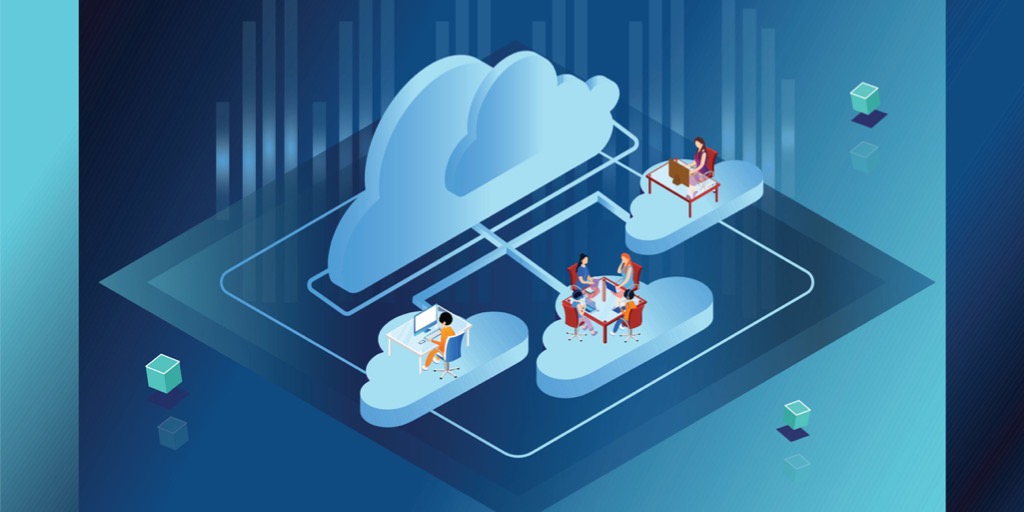Why hyperscale cloud breaks your budget (and what to do about it)
For many years, hyperscale cloud has promised to help businesses slash their IT operating costs. However, the reality is often very different – most find that their costs actually increase. Your business needs the flexibility and scalability of the cloud to meet its strategic computing objectives. So, what can you do if hyperscalers cost more […]
Why hyperscale cloud breaks your budget (and what to do about it) Read More »





